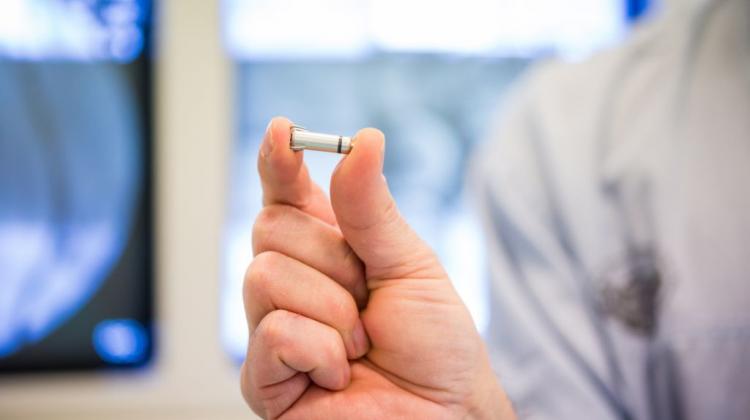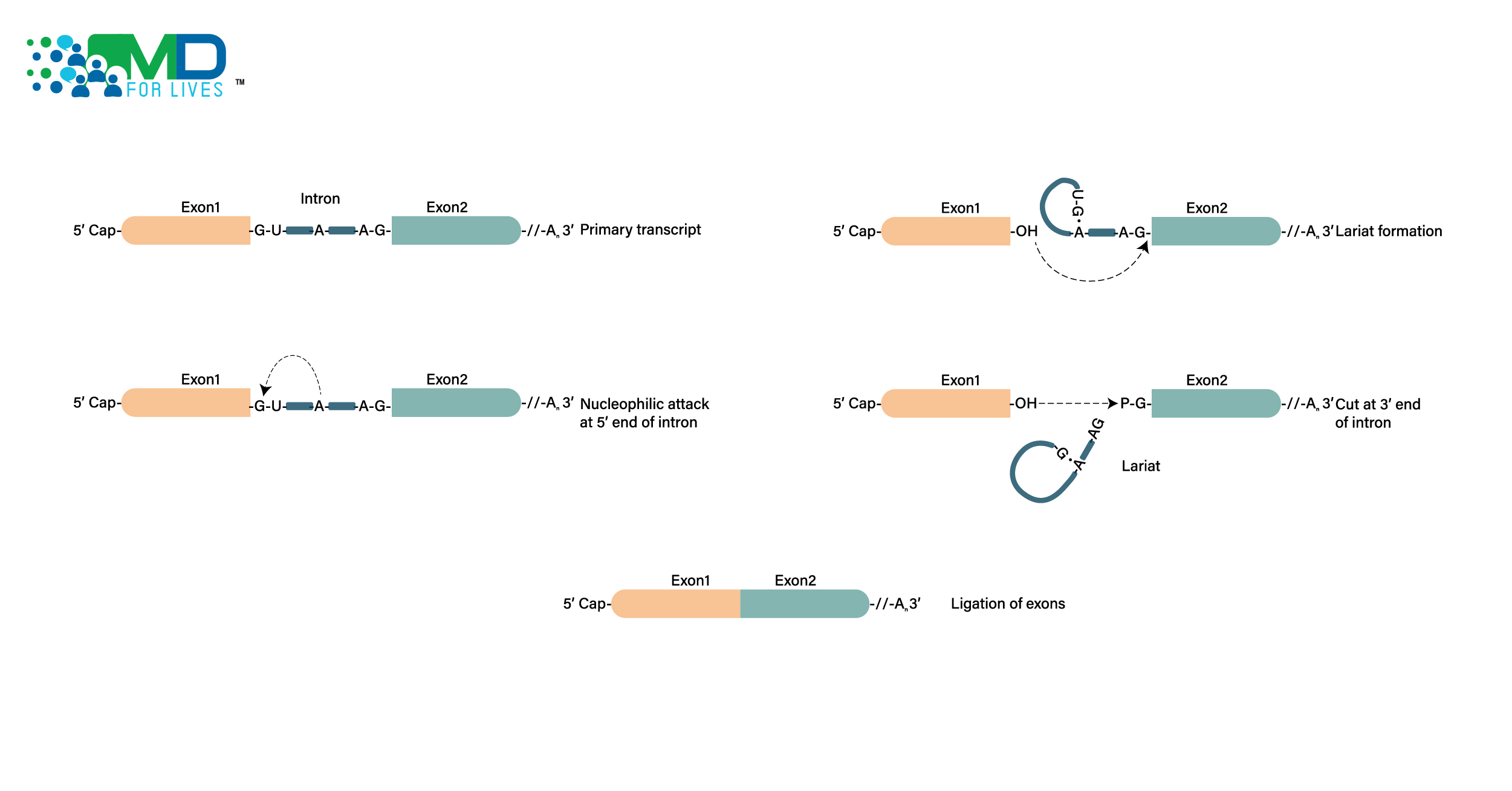Since the introduction of pacemakers in the 1950s till date, technology has advanced so much that the first ones were bulky boxes that had to be wheeled around while the new ones are the size of a nickel (1, 2). The new Micra Transcatheter Pacing System (TPS) is a one of its kind heart device that was recently approved by the Food and Drug Administration (FDA). This is the first pacemaker which is leadless and is approved by the US. It is a highly advanced pacing technology, which is only one-tenth the size of a traditional pacemaker (2).
Houston Methodist Hospital in Texas is one of the first hospitals that offers the world’s smallest pacemaker for patients with bradycardia. The device is so compact that it is the size of a vitamin pill, and unlike traditional pacemakers, it does not require cardiac wires (leads) or a surgical “pocket” under the skin to deliver a pacing therapy. Instead, the device is so compact that it can be delivered through a catheter and implanted directly into the right ventricle with small tines, providing a safe alternative to conventional pacemakers (2). This pacemaker is so efficient that it adjusts the pacing therapy on its own based on a patient’s activity. For patients who need more than one heart device, the miniaturized Micra® TPS device has a unique feature because of which it can be permanently turned off and can remain in the body, causing no harm. Thus making it possible to implant a new device without facing the risk of electrical interaction. Another feather in the cap for this pacemaker is that the battery lasts for about 10 years (2).
This new pacemaker has shown promising results in a trial of 725 people wherein it was successfully implanted in 99.2% of the participants with no dislodgements and systemic infections. (3) Also, it was seen that major complications were fewer as compared to traditional pacemakers (3).
MRI SureScan technology in this pacemaker makes it possible to scan patients safely using either a 1.5T or 3T full body MRI despite being implanted with it. The patient’s experience with this pacemaker is much better as there is no scar on the chest, nothing visibly or physically reminds of the pacemaker being present under your skin. Lastly, there is lesser restrictions post implantation. It is designed in such a way that there is minimum trauma while implanting, repositioning or even while retrieving it. Also because it is directly placed into the heart, pocket related complications like infection, hematoma or erosion are not seen. Furthermore, the complications of fractures, venous thrombosis, and obstructions caused due to leads are also absent.
Paul Schurmann, MD, is a cardiologist at the Houston Methodist Hospital who implanted the device for the first time. He opines that it is a simple procedure and the first patient that was implanted showed perfect results. The same pacemaker was used by electrophysiologists Edmund Karam, M.D. and Mark Mascarenhas, M.D at Jersey Shore to treat multiple patients with bradycardia (4).
This new breakthrough can be highly efficient in patients who are in need of pacemakers. Its unique qualities of automatically adjusting the pace and the provision of being able to introduce another device, if needed makes it all the more unique.
Credit: Dr. Rachita on behalf of Borderless Access
Copyright © 2017 BorderlessAccess
Reference Sources:
- Aquilina O. A brief history of cardiac pacing. Images in Paediatric Cardiology.
- Houston Methodist. “World’s smallest pacemaker revealed.”
- Reynolds DW, Duray GZ, Omar R, et al. A Leadless Intracardiac Transcatheter Pacing System
- Meridian Health. “Clinicians implant world’s smallest pacemaker.”






